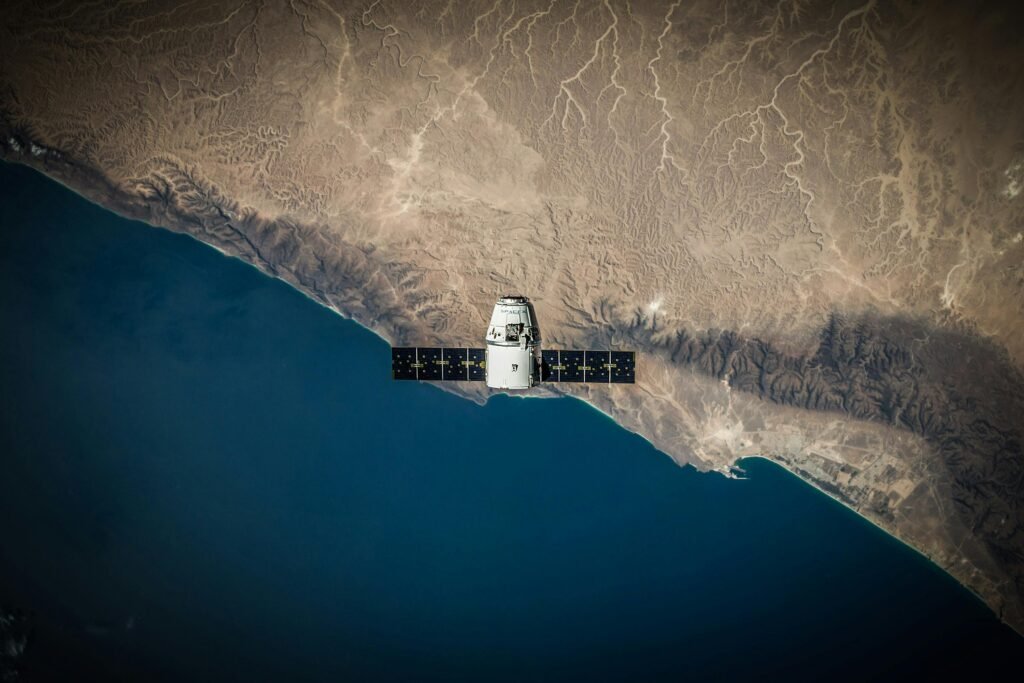
In the world of remote sensing and satellite imagery, understanding the different types of imagery is essential for accurate data analysis. Two of the most commonly used image types are multispectral imagery and panchromatic imagery. While both provide valuable insights into the Earth’s surface, they differ in how they capture and represent data. This article explores their key differences, applications, and when to use each.
What is Multispectral Imagery?
Multispectral imagery refers to images captured in multiple wavelengths of the electromagnetic spectrum. Typically, these include visible light bands (red, green, blue) and non-visible bands such as near-infrared (NIR). Multispectral sensors collect information across several discrete bands, allowing for more detailed analysis of surface materials and vegetation.
Key Features:
- Captures data in multiple spectral bands
- Provides color imagery
- Lower spatial resolution compared to panchromatic images
Common Uses:
- Vegetation health and biomass assessment
- Land cover and land use classification
- Water body analysis
- Soil moisture detection
Examples of Multispectral Satellites: Landsat 8, Sentinel-2, WorldView-2
What is Panchromatic Imagery?
Panchromatic imagery captures data across a broad range of wavelengths in a single band, resulting in black-and-white (grayscale) images. These images typically have a higher spatial resolution than multispectral images because the sensor doesn’t need to divide light into multiple bands.
Key Features:
- Captures broad-spectrum data in a single band
- Grayscale (black-and-white) image
-Higher spatial resolution
Common Uses:
- Urban infrastructure mapping
- Road and building detection
- Feature extraction and edge detection
- Base maps for geographic analysis
Examples of Panchromatic Satellites: QuickBird, GeoEye-1, WorldView-1
Side-by-Side Comparison
Multispectral imagery provides colored images using several bands (such as red, green, blue, and near-infrared), while panchromatic imagery offers grayscale images in higher spatial detail. In terms of resolution, multispectral imagery usually has lower spatial resolution, but it captures more spectral detail. Panchromatic imagery, on the other hand, sacrifices spectral diversity for sharper image detail.
In application, multispectral images are best for analyzing vegetation, water bodies, and soil composition due to their spectral richness. Panchromatic images are more suited for tasks that require precise spatial detail, such as mapping urban areas and detecting infrastructure.
When Should You Use Each?
Use multispectral imagery when you need:
- Spectral information to differentiate vegetation, water, soil, etc.
- Data for environmental monitoring, agriculture, or land classification
Use panchromatic imagery when you need: - High-detail base maps
- Accurate measurements and object detection in urban areas
💡 Tip: Combine both with a technique called pansharpening to create high-resolution color images that leverage the best of both worlds.
Conclusion
Both multispectral and panchromatic imagery offer unique advantages. Understanding their differences helps in selecting the right data for your project’s goals. Whether analyzing forest health or mapping city streets, choosing the correct image type will lead to better outcomes in geospatial analysis.
